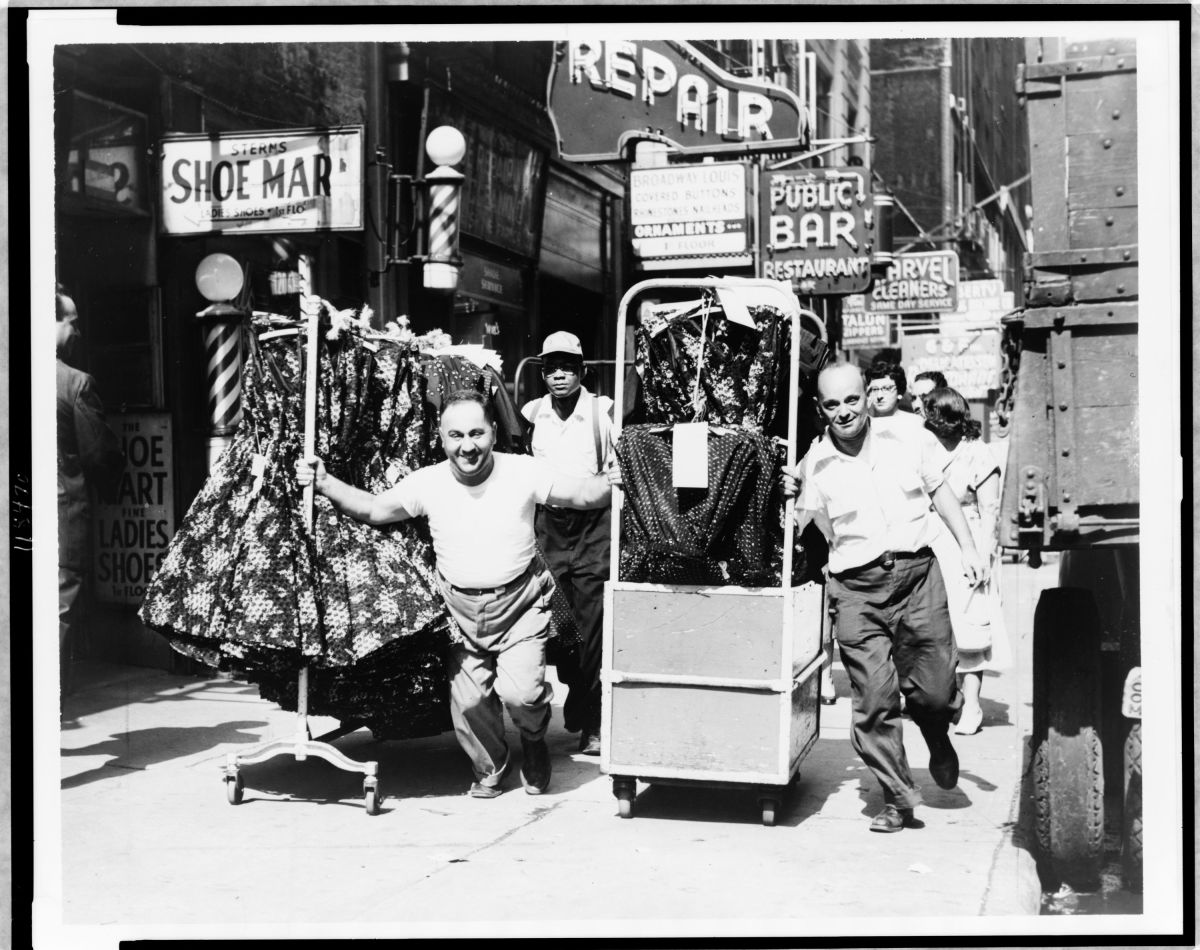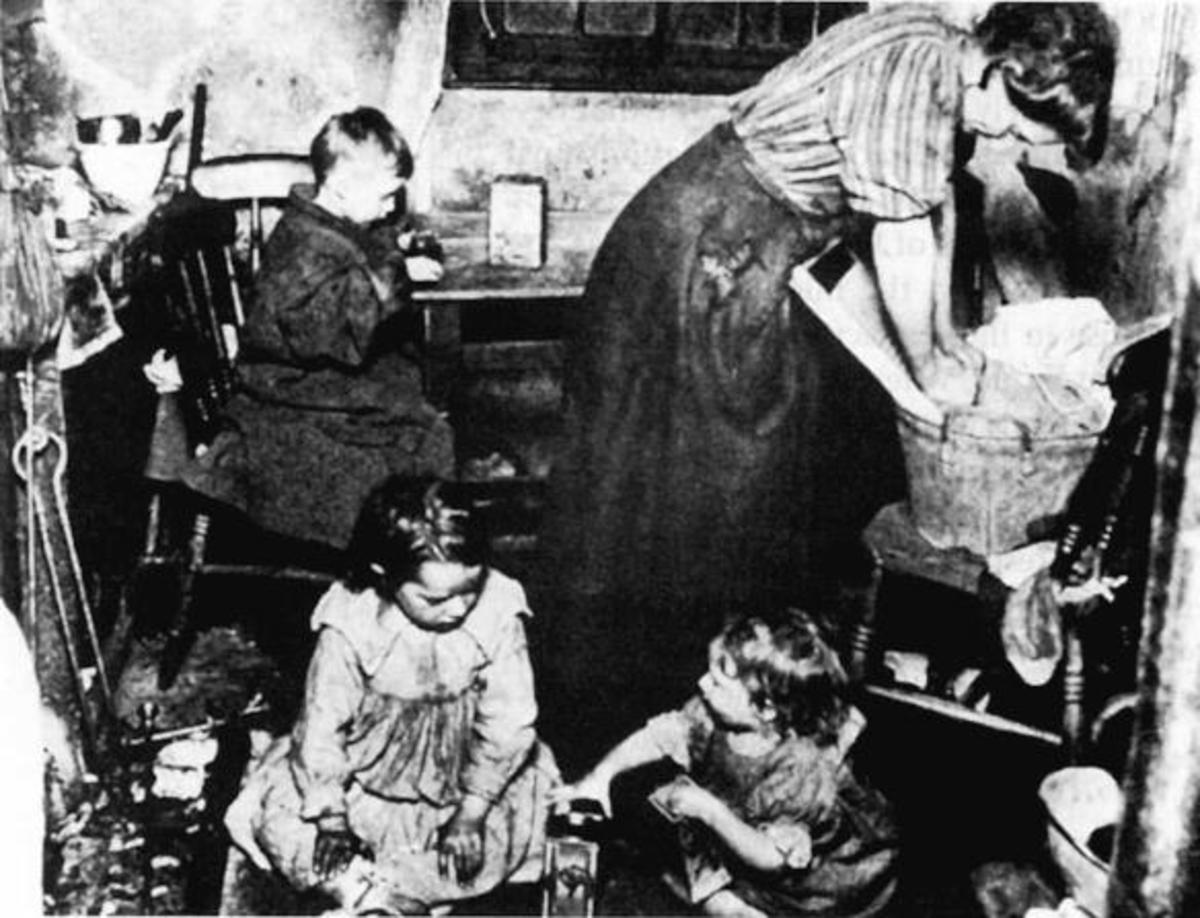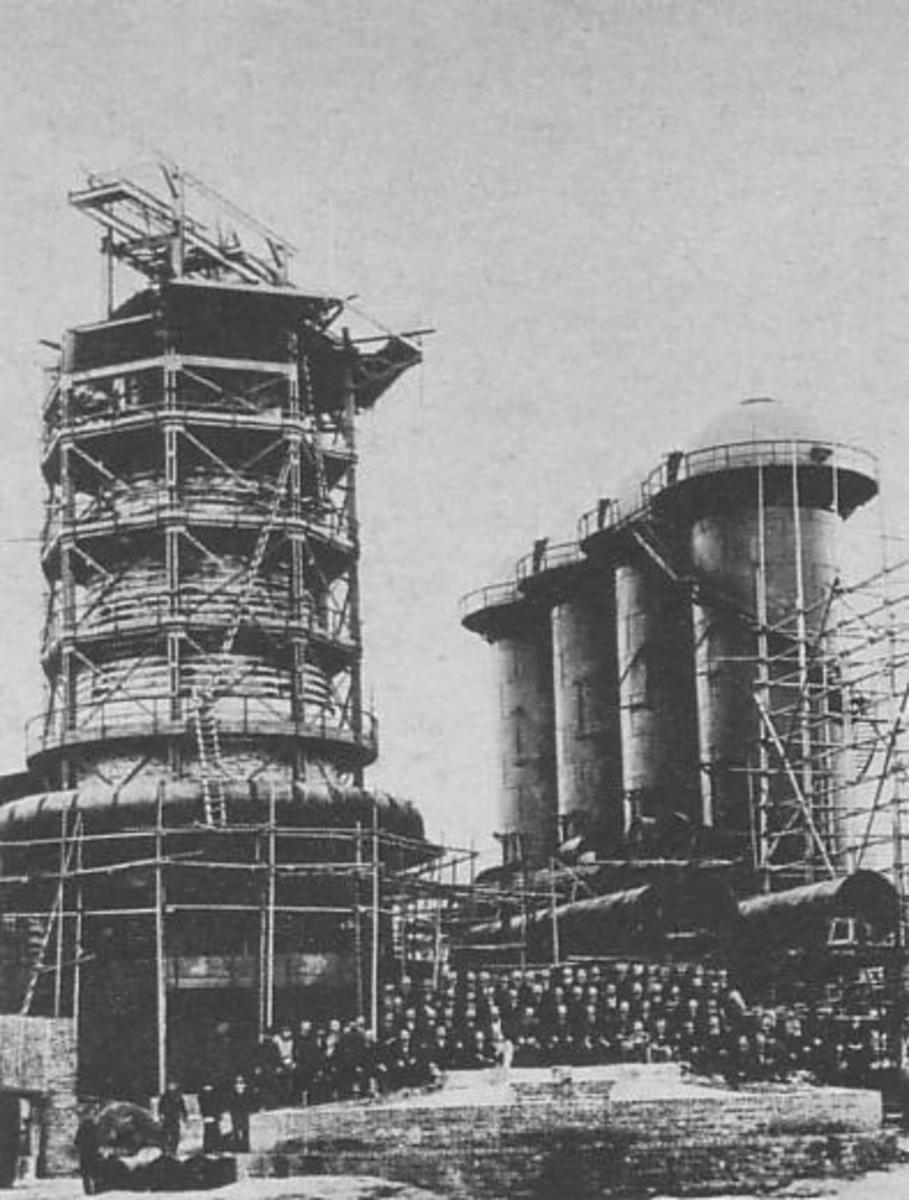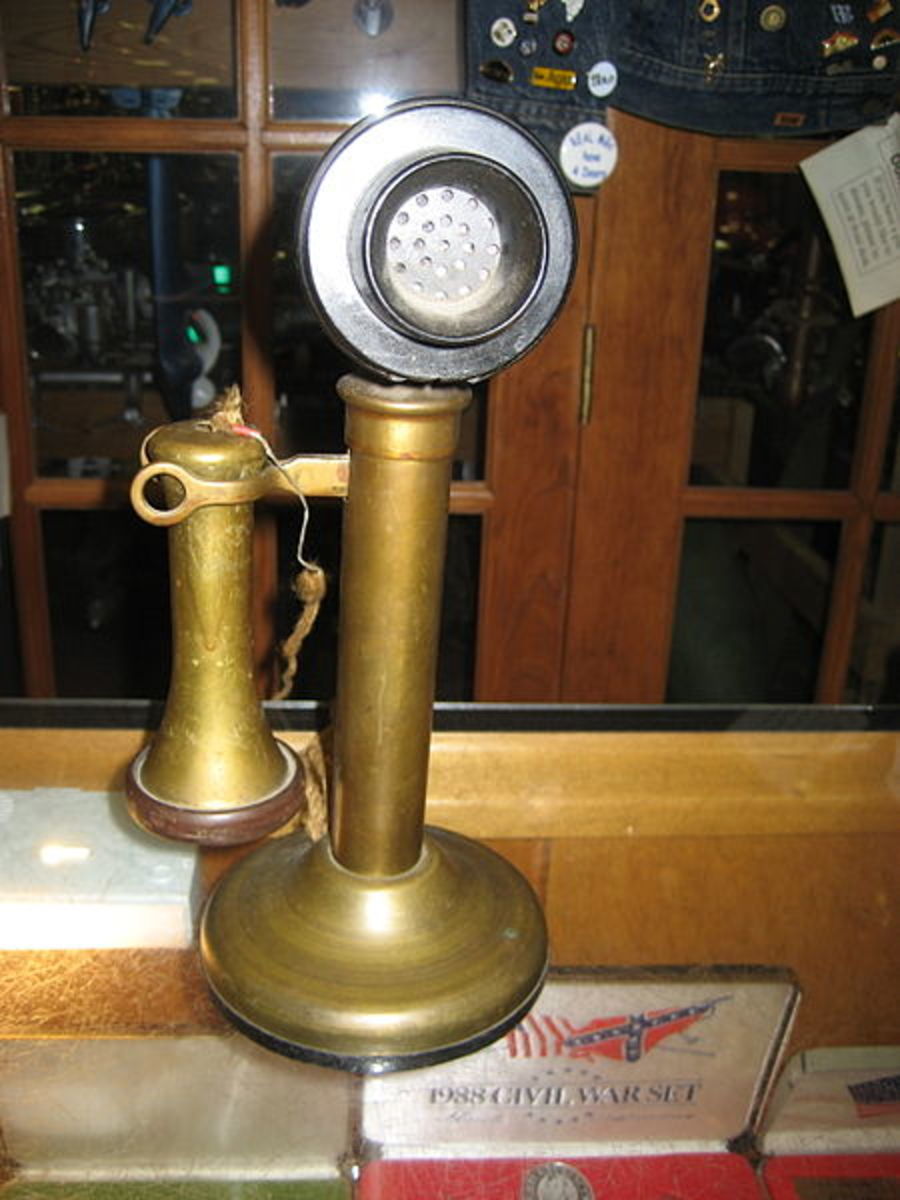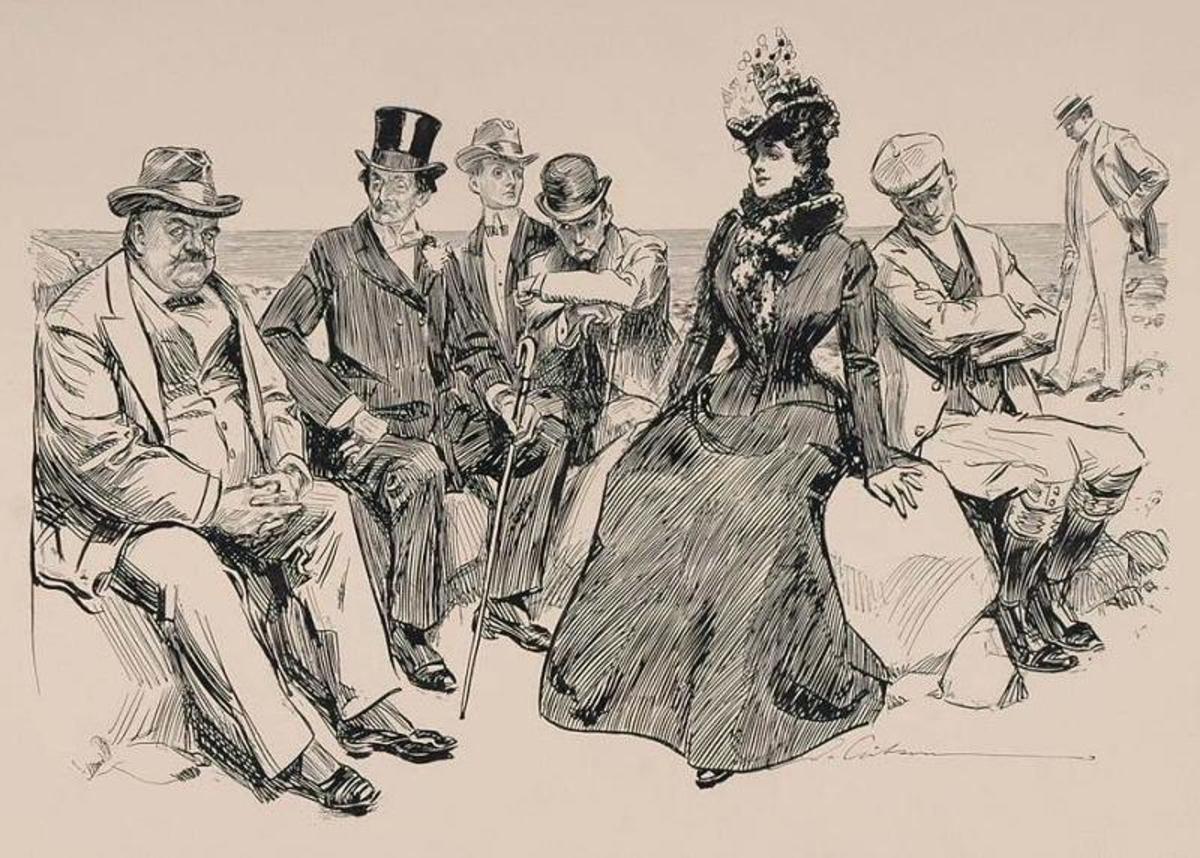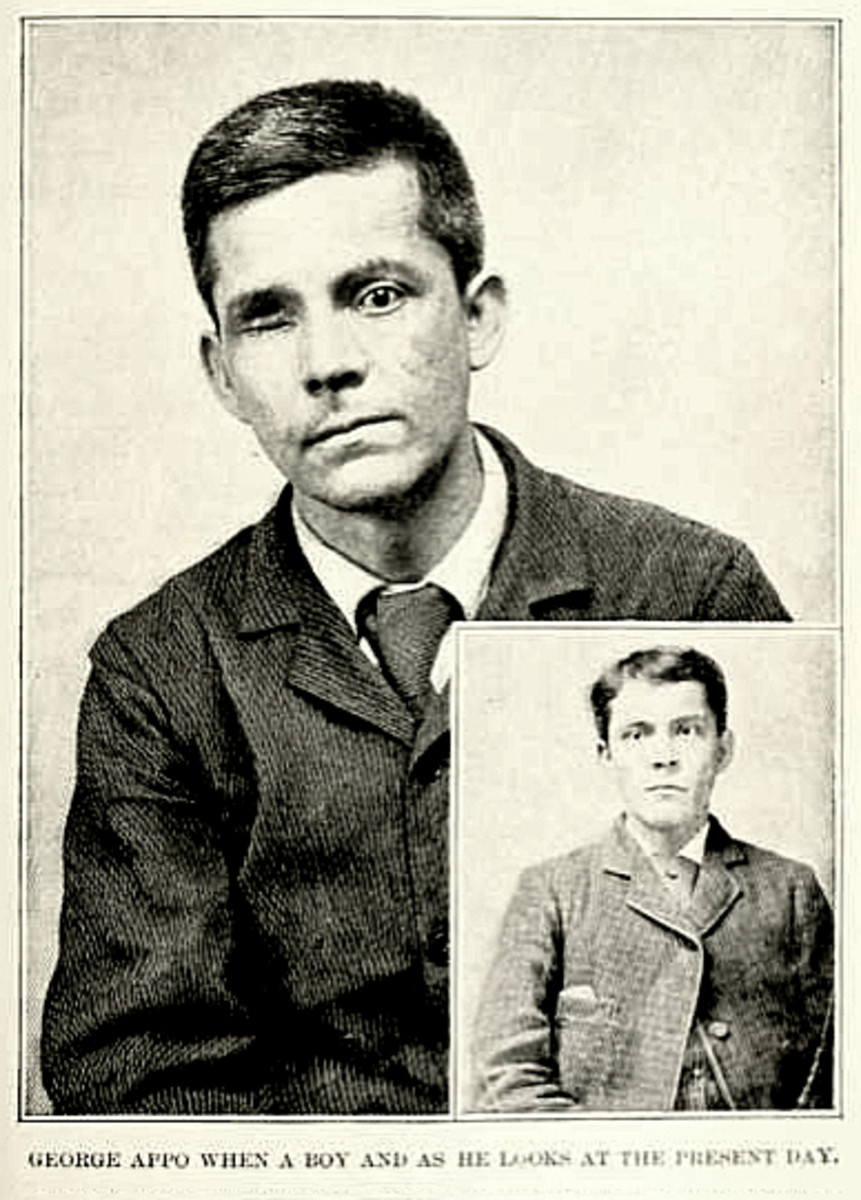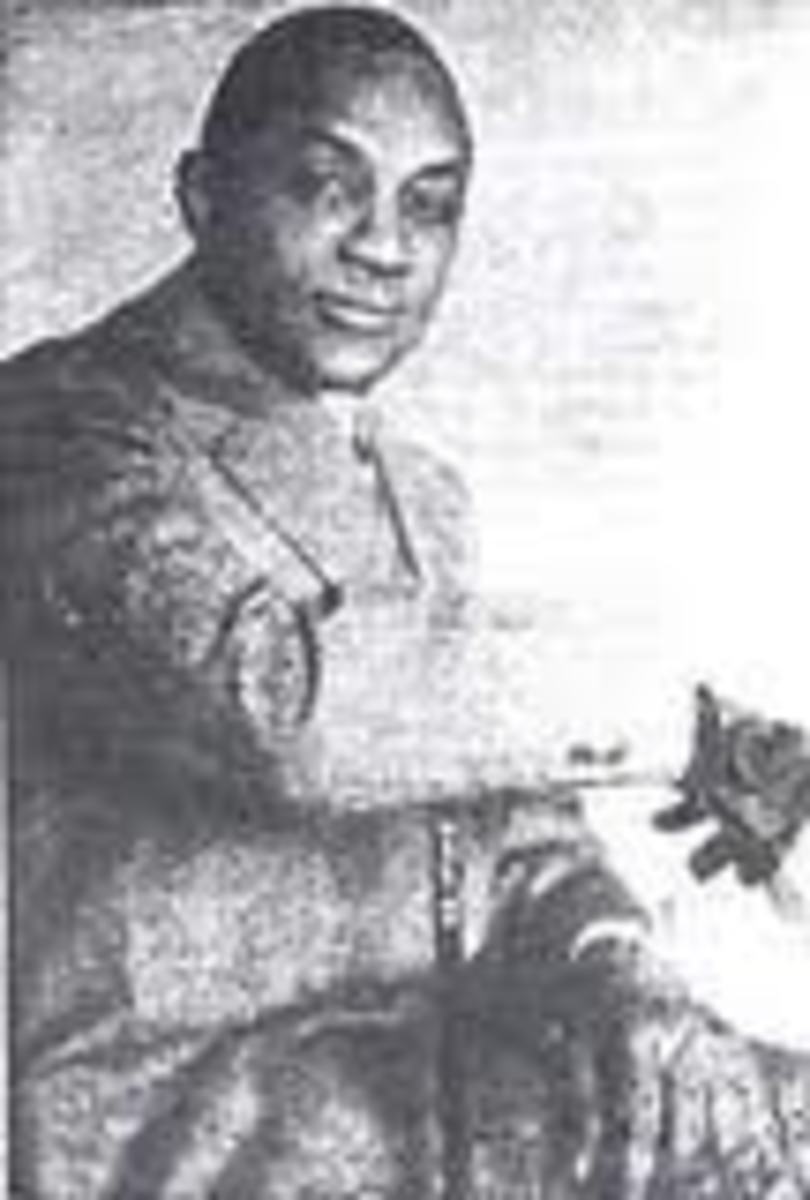- HubPages»
- Education and Science»
- History & Archaeology»
- History of the Modern Era
Industrial Revolutions
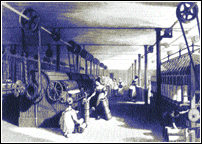
First industrial revolution 1755-1855
During the 18th century dramatic changes took place in history. People started to shift from an agrarian culture to a more sophisticated machine culture. Instead of goods being produced by hand they were now mass-produced on machines.
From the year 1755 onwards workers became productive. Previously, goods were manufactured by hand on a one to one basis. Hence the rate of production was quite slow, with fewer goods produced. This made the products costly and they could be afforded only by the rich. However, after machines were introduced the rate of production increased and goods were produced in large numbers which resulted in lowering of prices. Now they could be afforded by almost everyone.
This process of change from an agrarian, handicraft economy to one dominated by industry and machine manufacture is known as the industrial revolution. It began in England in the 18th century and from there spread to other parts of the world. Although used earlier by French writers, the term Industrial Revolution was first popularized by the English economic historian Arnold Toynbee (1852-83) to describe England's economic development from 1760 to 1840. Since Toynbee's time the term has been more broadly applied.
Before the first industrial revolution both England's economy was based on home produced goods, also called the cottage industry. In this industry, which still exists, a person had his business established at his residence. There was no shortage of skilled labourers at that time in England for the entrepreneur to hire. Raw materials were purchased from the merchants directly and the goods produced under his supervision by the labourers with hand tools and handwork. Although this method of manufacturing seemed too efficient, its productivity was low as the goods were produced by hand. So prices were too high.
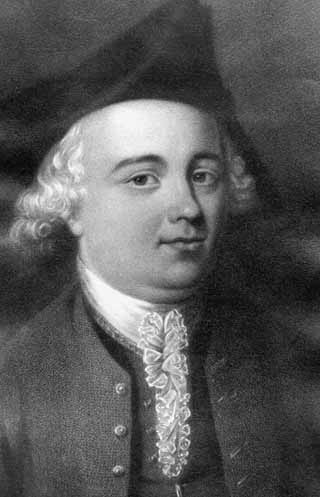
John Kay (1733) — the pioneer of Industrial Revolution
In 1733 England's economy faced a crisis as there was a great demand for ‘cotton cloth'. The cotton cloth producers were unable to meet the demand. John Kay paved the way for the use of machinery in England by inventing the ‘Flying Shuttle' that cut weaving time in half. Most workers did not accept machines and destroyed various inventions. But what was started and set into motion couldn't be stalled. Thus by 1755, in England, industries had already started functioning.
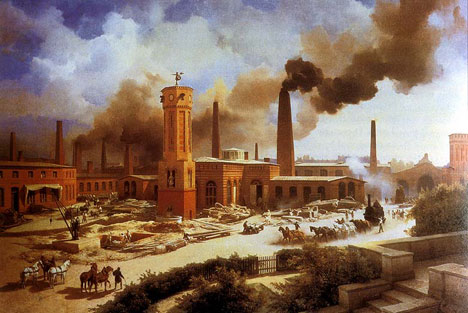
Industrial revolution in USA (1793)
As new inventions were being shaped, bent and created within factories followed by falling prices, England tried to keep the discoveries of the industrial revolution a secret. It wanted to monopolize world industry and so formed laws and regulations to prohibit anyone who had worked in a factory to leave the country. But its rival, USA, was keen to industrialize and offered rewards to anyone who could build them a cotton- spinning machine.
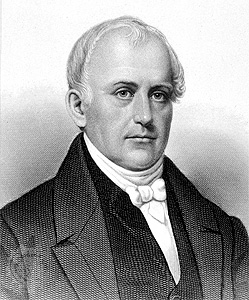
Samuel Slater — father of American industrial revolution (1789)
Samuel Slater was an English apprentice working in an English cotton factory. When he heard about the significant rewards America had announced to any one who could build them a cotton-spinning machine, he thought of trying his luck. As English law prohibited him from migrating, he disguised himself and landed on American soil. Once in the United States, Samuel Slater with the funding of investors and assistance from skilled local artisans, built the first successful water powered textile mill in Pawtucket in 1793 from memory. This announced the arrival of the industrial revolution in USA.
Technological changes
The most important features of the industrial revolution was the technological changes that made possible a tremendously increased use of natural resources and mass production of manufactured goods. These technological changes included the following:
- use of new basic materials, chiefly iron and steel
- use of new energy sources such as coal, the steam engine, electricity, petroleum, and the internal-combustion engine
- invention of new machines, such as the spinning jenny and the power loom that permitted increased production with a smaller expenditure of human energy
- the introduction of a new system of work known as the factory system, which entailed increased division of labour and specialization of function
- developments in transportation and communication, including the steam locomotive, steamship, automobile, airplane, telegraph, and radio, and
- increasing application of science to industry.
Consequences
The first industrial revolution had changed the world. Although the industrial revolution was useful it also came with many negative effects for the world to deal with.
As factories increased the demand of cheap labourers also increased. Factory owners decided to employ women and children to run machines - thus child and women labour was introduced.
The labourers were not given a healthy environment and safety precautions were ignored. Many workers fell ill. Some died from the increase in toxic matter in the area and the terrible working conditions.
Industrialization resulted in an increase in pollution. For example, the levels of CO2 in the atmosphere rose. Also a capitalistic and materialistic way of thinking was introduced.
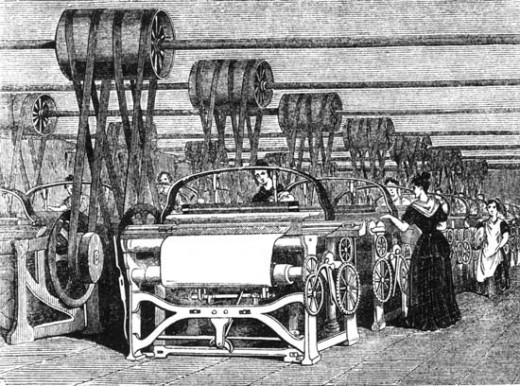
Second industrial revolution (1855)
The second industrial revolution started in the mid 19th century (by 1855). During the 1800's many chemical compounds were broken down. The second industrial revolution resulted in the use of electricity with British scientist Michael Faraday's demonstration of how an electric current can be produced.
The discovery of radioactivity as a source of power by Marie Curie later led to the invention of the nuclear bomb. After the discovery of petroleum and gasoline, cars were seen on the roads as well as the birth of a new industry.
The successful completion of the first airplane flight at the Kitty Hawk by the Wright brothers led to the creation of the airplane industry.
Vaccines were discovered and medicines modified. X-rays were discovered providing doctors with a quicker way of diagnosing medical problems. It was a time for the reform of government and social policies. Art and culture flourished with diverse styles.
The industrial revolution is said to have brought technology, wealth and power, but at what cost? At the consequence of people living in dirty environments, being paid very little wages in spite of working for unthinkable hours. This revolution has shaped the modern social order. As Jean Jacques Rousseau once said, "Civilization spoils people." However, I would like to ask "Did people spoil civilization by inventing machines to perform our work?"
Ground-breaking inventions and their pioneers
1. John Kay and his Flying Shuttle in 1733.
2. Samuel Slater and his water powered textile mill in 1793.
3. Eli Whitney and his Cotton Gin in 1793.
4. Robert Fulton and his Steam Engine in 1780.
5. Francis Cabot Lowell and his American Textile Industry in 1800.
6. Orville and William Wright and Airplane industry in 1903.

